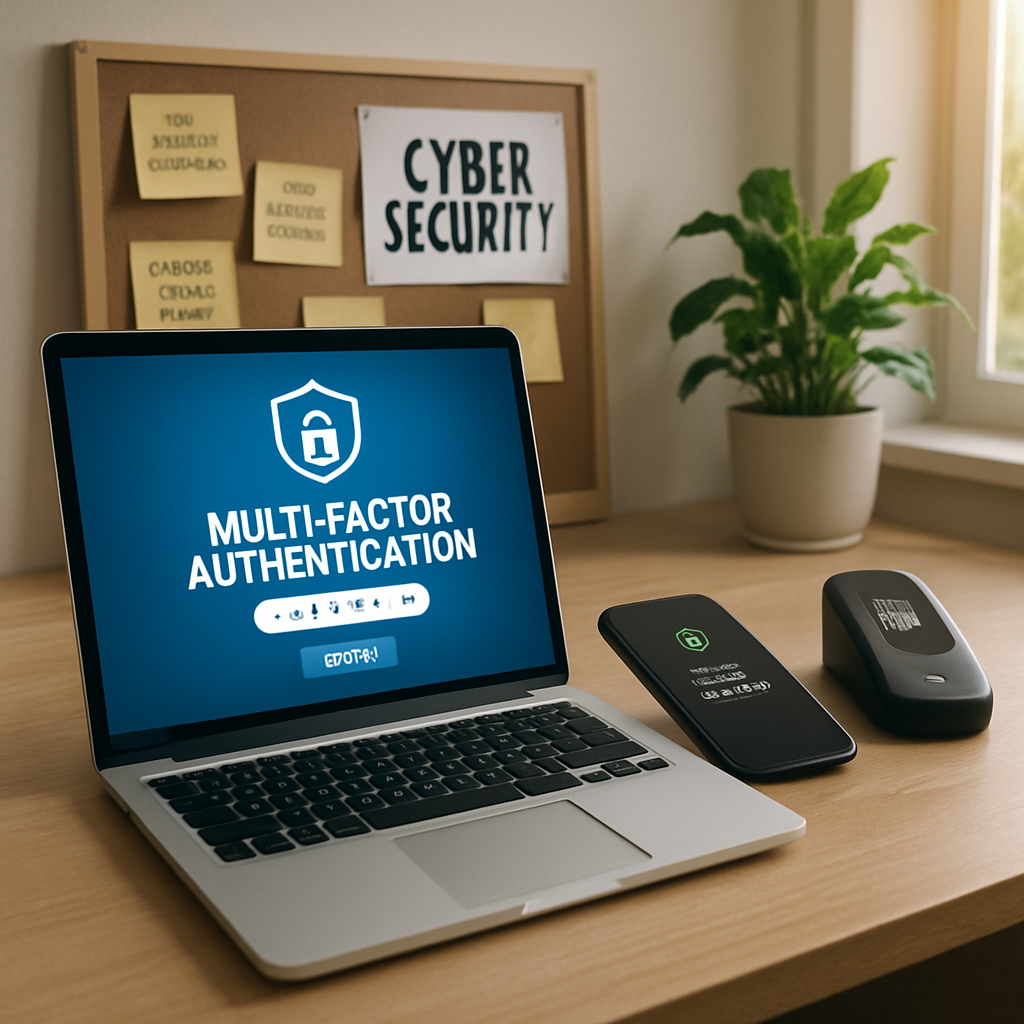AI Voice Cloning: A New Era of Phishing Attacks
AI-powered voice cloning is revolutionizing cybercriminal tactics, ushering in a new wave of compelling phishing attacks that threaten business...
1 min read
.jpeg) Michael Markulec
:
Feb 18, 2022 5:56:42 PM
Michael Markulec
:
Feb 18, 2022 5:56:42 PM

You’ve gotten those extended car warranty calls. Or, perhaps an email alerting you of suspicious activity on your bank card? These are classic examples of social engineering. They happen every day and can take many different forms. Sadly, many people fall for them and lose substantial money. Businesses aren’t immune, either: Nearly 70% of US organizations experienced social engineering in 2020, resulting in a $2.76 million loss.
Social engineers manipulate human feelings, such as curiosity or fear, to carry out schemes and draw victims into their traps. Therefore, be wary whenever you feel alarmed by an email, attracted to an offer displayed on a website, or when you come across stray digital media lying about. Being alert can help you protect yourself against most social engineering attacks in the digital realm.
Moreover, the following tips can help improve your vigilance about social engineering hacks.

AI-powered voice cloning is revolutionizing cybercriminal tactics, ushering in a new wave of compelling phishing attacks that threaten business...

Small businesses face growing cyber threats, making multi-factor authentication a critical defense to safeguard sensitive data and ensure business...

Discover how CMMC 2.0 is reshaping cybersecurity compliance for small manufacturers in the defense sector and what steps your business must take to...